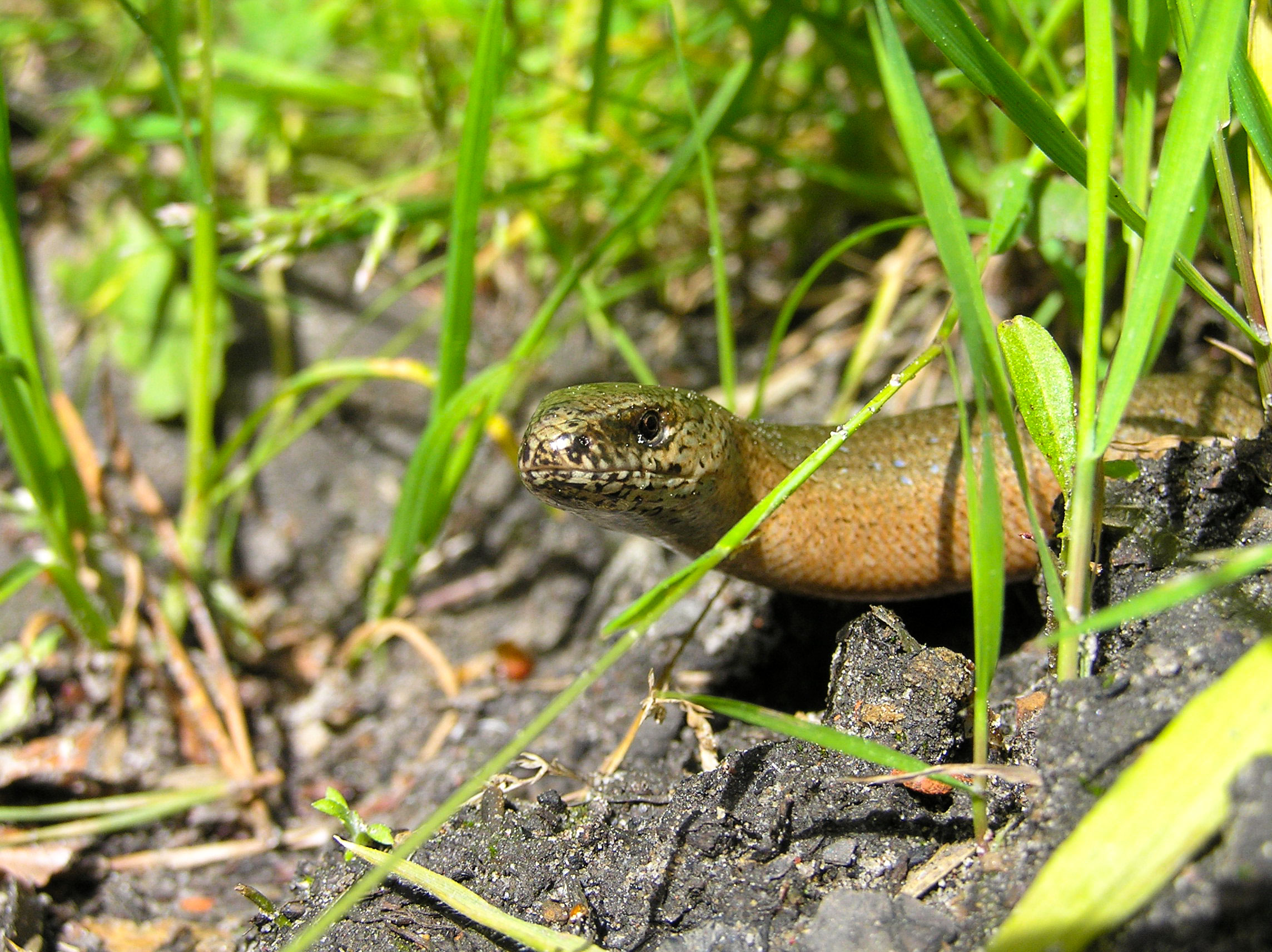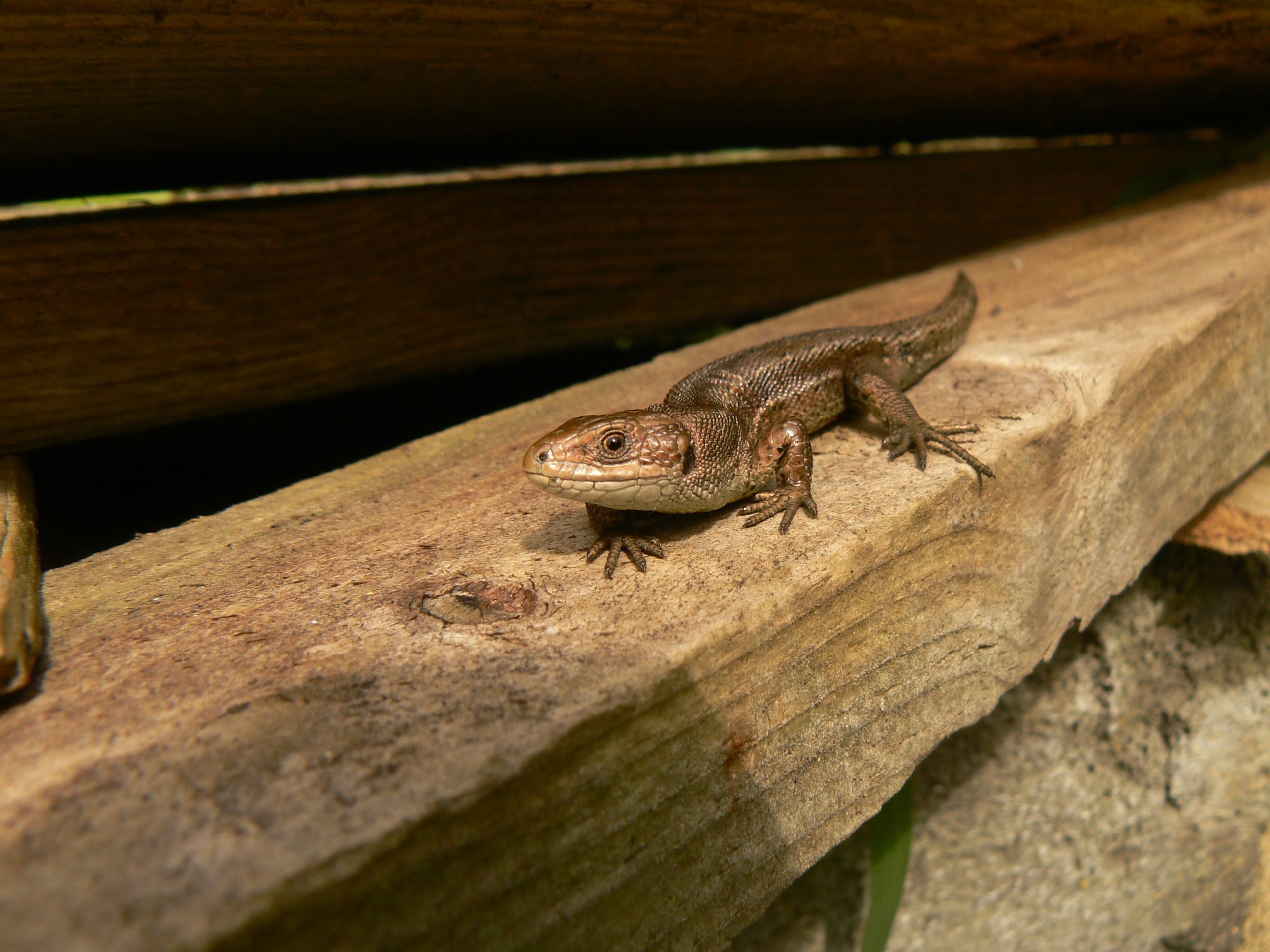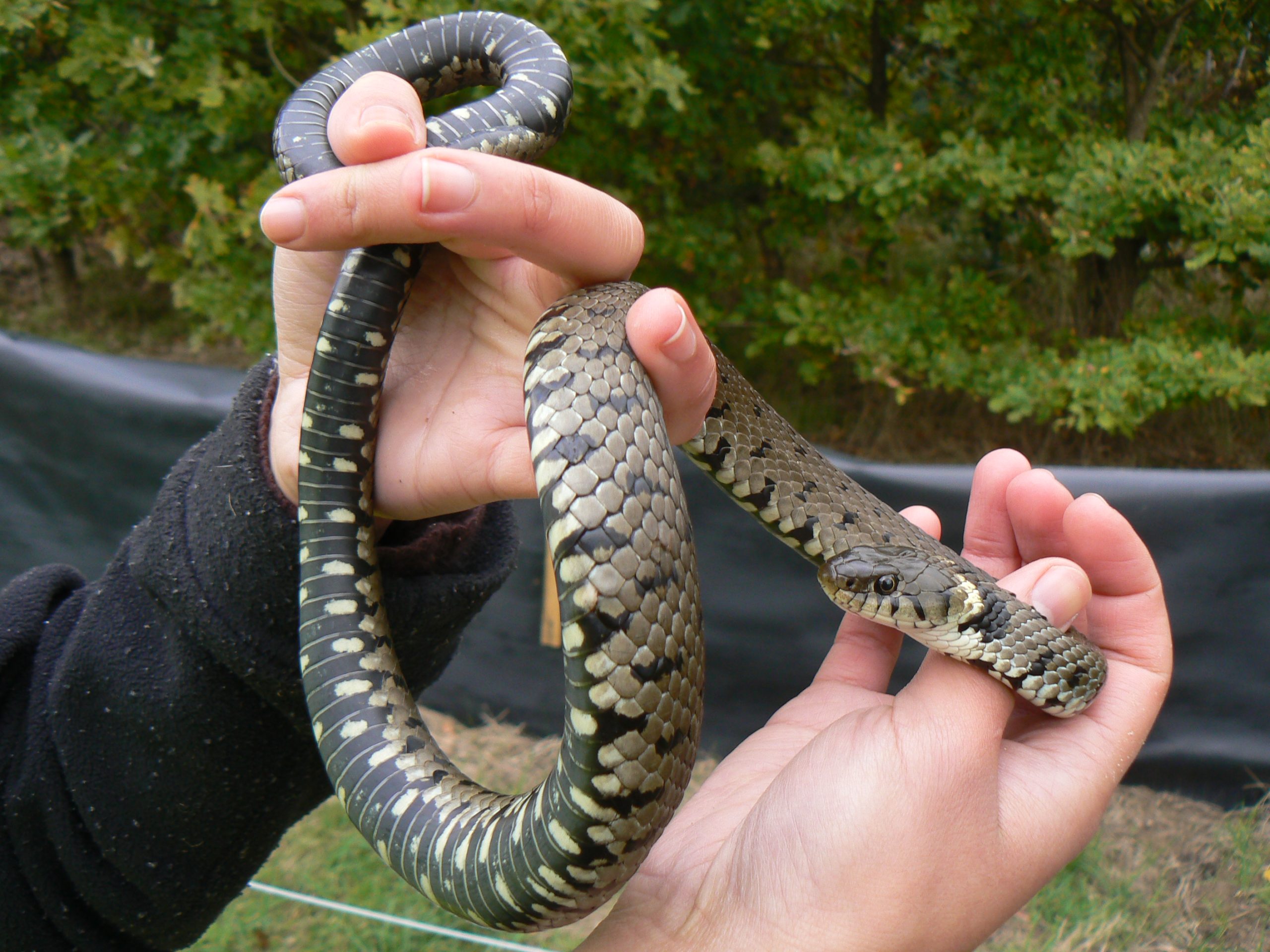In a nutshell…
There are six species of reptile native to the UK: slow worm, common lizard, grass snake, adder, smooth snake and sand lizard.
You probably won’t see them often. They’re fast-moving and shy – but, if you’re lucky, you might see them basking in the sun on a hot day.
Their numbers are dwindling though, due mainly to urbanisation and habitat destruction. In the interest of protecting biodiversity, they’re legally protected in the UK, which means you could get into serious trouble if your project negatively affects them.
So if it looks like your site could be home to reptiles, you should get a survey done early in the planning process. That way, you know what you’re dealing with, and can figure out how to work around them.
We can help you with this. Just click the button above.
Want to know more about how it all works? Read on.
Why do you need reptile surveys?
Reptile surveys establish whether reptiles are present on your site, and identify their species if so.
They’re necessary if your site has habitats suitable for reptiles. These include scrub, grassland, ponds and hedgerows, as well as features like brash or deadwood piles.
If your project has the potential to adversely impact these habitats and/or any reptiles potentially present, you’ll need surveys. They’ll either confirm their absence or, if not, include the mitigation and compensation requirements you’ll need for your project to get planning permission.
Common species, like slow worms, are frequently found in back gardens. Even small sites may therefore support reptiles.
We recommend getting reptile surveys started as early in the season as possible. That way, there’ll be enough time for all survey visits and periods of bad weather, which could cause delays.
What do reptile surveys involve?
Reptile surveys can only be undertaken at certain times of year, ideally September or between April and June, as July and August can often be too hot. Reptiles hibernate for the rest of the year, so it’s impossible to conduct surveys during this time.
Here’s the process:
Survey set-up
We’ll visit your site to set up artificial refugia (usually 0.5 x 0.5m squares of roofing felt) in suitable habitats around your site, where reptiles are most likely to be present. We’ll leave them in situ for about two weeks to give the reptiles time to find them. The refugia heat up in the sun, which attracts reptiles to bask on top or underneath them.
Seven surveys
After the two-week bed-in period, we’ll conduct seven survey visits. Each will involve one surveyor visiting your site (in suitable weather conditions) and lifting each refugium to check for reptiles. The surveyor will also search the surrounding habitat for reptiles basking in the open, and beneath any naturally occurring refugia on site. We’ll record the species we find, as well as their sex, age class and numbers.
The survey process can last a few weeks because they’re weather-dependent, and visits can’t be conducted too closely together.
Final survey
We’ll remove the refugia from your site during the last survey.
Reporting
We’ll write up the survey results in a Phase 2 report suitable for submission alongside your planning application. If reptiles are present on your site, we’ll detail the mitigation and compensation measures required to avoid impacts to reptiles and ensure your project complies with all reptile-related legislation and policies.
What if we find reptiles?
Depending on the size of your site, the number of reptiles present and the level of impact predicted, we’ll work with you to design a mitigation and compensation strategy. This could include small-scale habitat piles for back gardens, or large-scale translocations and habitat creation for bigger projects.
Here are some examples of the solutions we provide:
Species status and protection
Reptiles in the UK are protected under the Wildlife and Countryside Act (1981), which means it’s illegal to intentionally kill or injure them.
Of the six species mentioned above, slow worms, common lizards, grass snakes and adders are relatively common. However, smooth snakes and sand lizards are rare, and only found in certain areas. They’re therefore afforded ‘full’ protection under the Habitats Directive. This makes it an offence to intentionally or recklessly kill, injure, disturb, take, possess or sell these species. It’s also illegal to damage, destroy or obstruct access to places they use for breeding, resting, shelter and protection.
All species of UK reptile are Species of Principal Importance under the NERC Act (2006).


